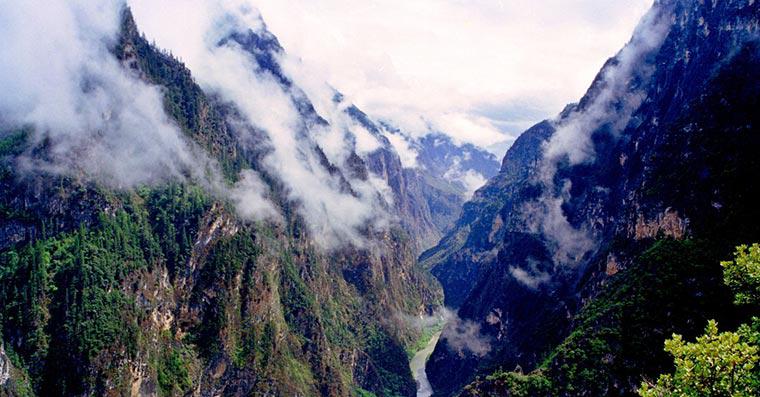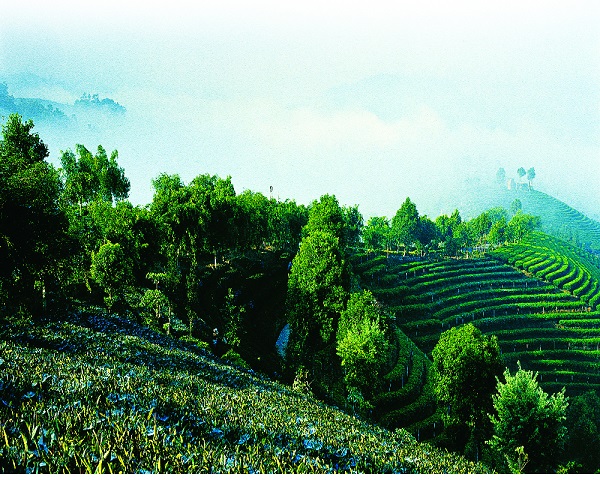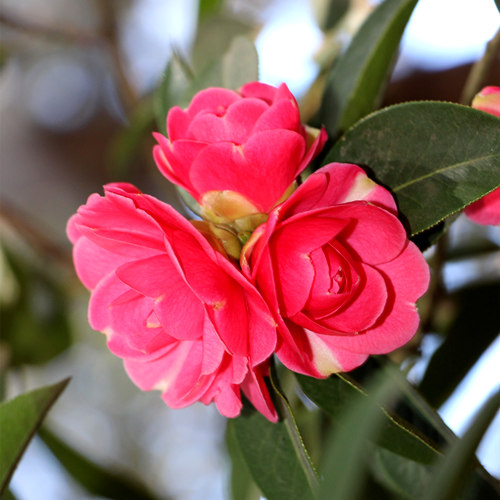
Detailed Introduction to Lianghe County of Dehong Prefecture
Lianghe County – A Peaceful Land of Rivers and Bamboo in Western Yunnan
Overview
Lianghe County (梁河县) lies in the northeastern part of Dehong Dai and Jingpo Autonomous Prefecture, Yunnan Province, China. It is a scenic and culturally diverse region known for its lush bamboo forests, tranquil rivers, tea culture, and ethnic harmony. The county serves as an important ecological and agricultural area of Dehong, blending natural beauty with rich Dai and Jingpo traditions.
Chinese Name: 梁河县
County Seat: Pingyuan Town (平原镇)
Area: About 1,160 square kilometers
Population: Approximately 170,000
Ethnic Groups: Dai, Jingpo, Han, De’ang, Achang, Lisu, among others
Geography and Climate
Location:
Lianghe is located between the Longchuan River basin and the Nujiang (Salween) River system, bordered by Longchuan County to the west and Tengchong City to the east.
Topography:
The county is mainly composed of mountainous terrain and river valleys, with an average elevation of about 1,000–1,600 meters.
Rivers:
The Da Yingjiang River (大盈江) flows through the region, providing fertile land for rice cultivation.
Climate:
Subtropical monsoon climate — mild, humid, and pleasant throughout the year.
Average annual temperature: ~19°C
Annual rainfall: 1,400–1,600 mm
Known as a “natural ecological park” for its fresh air and lush vegetation.
Natural Resources
Agriculture:
Lianghe’s fertile valleys support a variety of crops:
Rice, sugarcane, corn, and vegetables
Economic crops: tea, coffee, tropical fruits, and medicinal herbs
Forestry:
The county is famous for bamboo forests, and bamboo products form a key part of the local economy.
Mineral Resources:
Contains reserves of iron, coal, tin, and non-ferrous metals.
Scenic Attractions
Nandian Ancient Town (南甸土司衙署)
The former seat of the Dai chieftain (Tusi) system during the Ming and Qing dynasties.
Features ancient courtyards, traditional Dai architecture, and cultural relics that reflect centuries of local governance.
Recognized as a National Key Cultural Relic Protection Unit.
Guangmu Buddhist Temple (广母寺)
A historic Dai Buddhist temple dating back over 500 years.
Important site for studying the fusion of Dai culture and Theravada Buddhism.
Bamboo Sea Scenic Area (竹林生态景区)
A vast area of rolling bamboo forests, often shrouded in mist, providing a serene and photogenic landscape.
Shuizhai Hot Springs (水寨温泉)
A well-known natural spa destination offering mineral-rich waters for relaxation and health.
Wulong River Valley (五龙河谷)
A picturesque area surrounded by tea plantations and minority villages, ideal for hiking and photography.
Culture and Ethnic Heritage
Ethnic Composition:
The county is predominantly inhabited by Dai and Jingpo people, with significant populations of De’ang and Achang minorities.
Dai Culture:
The Water-Splashing Festival (泼水节) is the grandest annual event, celebrated with water play, dances, and temple fairs.
Dai traditional houses, language, and Buddhist rituals remain well-preserved.
Jingpo Culture:
The Munao Zongge Festival (目瑙纵歌节) features grand drum dances symbolizing unity and joy.
Craftsmanship:
Dai bamboo weaving, hand-made paper, and ethnic costumes are important parts of local folk art.
History
Lianghe has a long history of multi-ethnic coexistence.
During the Ming and Qing dynasties, it was under the administration of the Nandian Tusi (chieftain), a hereditary Dai leader.
The ancient Nandian Tusi Office remains one of the best-preserved Dai chieftain sites in China.
It officially became Lianghe County after the founding of the People’s Republic of China in 1949.
Transportation
Highways:
Connected by the G320 National Highway and provincial routes to Mangshi, Longchuan, and Tengchong.
Nearest Airport:
Dehong Mangshi Airport, about 70 km away, provides flights to Kunming and major Chinese cities.
Accessibility:
Travel time from Mangshi: approximately 1.5 hours by car.
Economy
Agriculture & Forestry:
Foundation of the local economy, with emphasis on ecological farming, tea, bamboo, and fruit cultivation.
Handicrafts:
Bamboo products, ethnic textiles, and traditional Dai decorations.
Tourism:
Growing steadily, focused on heritage touri



